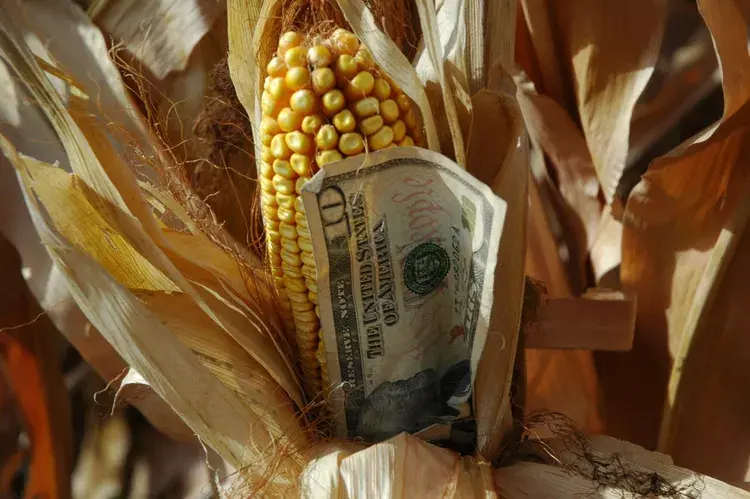A market specialist recently suggested that the ongoing war between Russia and Ukraine means the...
U.S. Crop Estimate Keeps Corn, Soybeans at Multi-Month Highs

Chicago corn and soybean futures remained around multi-month highs after the U.S. Department of Agriculture (USDA) cut its estimates of U.S. crops, indicating tighter supplies than previously thought.
Wheat futures also rose on spillover support from other grains, but rises were capped by USDA forecasts of U.S. winter wheat plantings above trade expectations, weak demand and a strong U.S. dollar making U.S. exports less competitive in global markets.
Chicago Board of Trade most active corn Cv1 rose 0.9% to $4.74-3/4 a bushel at 1217 GMT after hitting its highest since November on Friday. Soybeans Sv1 rose 0.9% to $10.35 a bushel, their highest since October.
Wheat rose 1.5% to $5.38-1/4 a bushel.
Both corn and soybeans surged after the USDA projected lower-than-expected U.S. production after a dry end to the growing season.
“Corn and soybeans continue to see strength today after the shock from the USDA’s reduction in U.S. crop forecasts,” said Matt Ammermann, StoneX commodity risk manager. "Supplies of both are looking to be tighter than thought but there are still large South American crops on the way which will help to offset some of the fear about U.S. supplies.”
“Wheat is following the direction of corn and soybeans at this point rather than reaction to factors of its own.”
Traders noted a lack of wheat purchase tenders from importing countries which would generally be bearish for wheat prices.
Consultants recently gave generally optimistic forecasts of Brazil’s soybean and corn crops.
“Brazil’s excellent corn crop prospects do continue as an anchor for the market,” said independent analyst Tobin Gorey.
EDITOR’S TAKE:
While lower estimates of the U.S. corn and soybean crops brought an immediate positive market reaction, traders are still keeping a close eye on crop prospects in South America. How long the positive impact of shorter U.S. supplies will last is anyone’s guess. The answer is dependent on the weather/crop conditions in South America, the strength of our currency and demand, both domestic and from importing nations. If the current price trends continue it will bring longer term optimism to domestic producers. Better prices lead to improved income which ultimately can lead to more spending for things like trucks. Keep a close eye on what is happening with corn and soybean prices. Be sure to keep your inventory on AgTruckTrader.com®!








